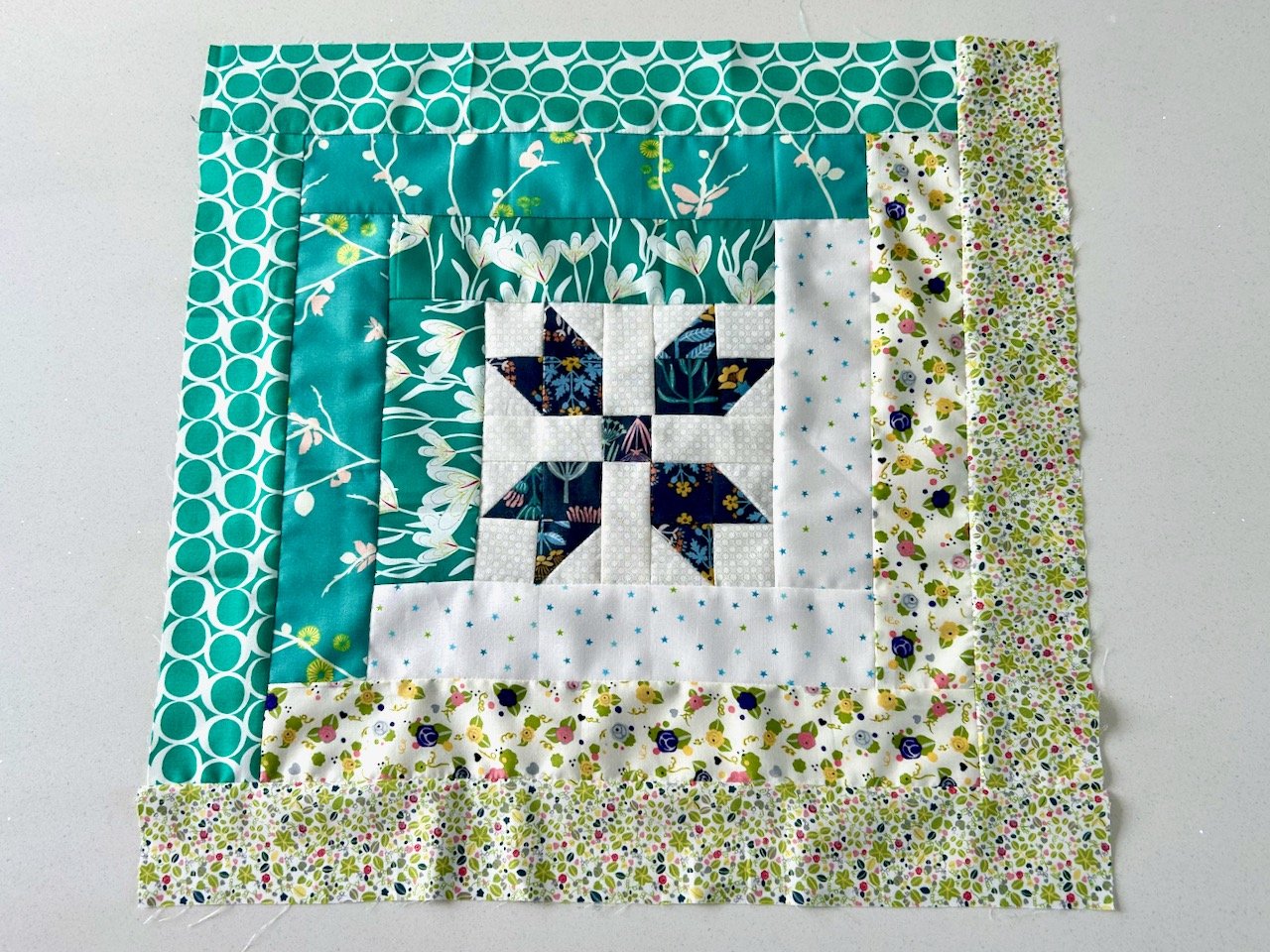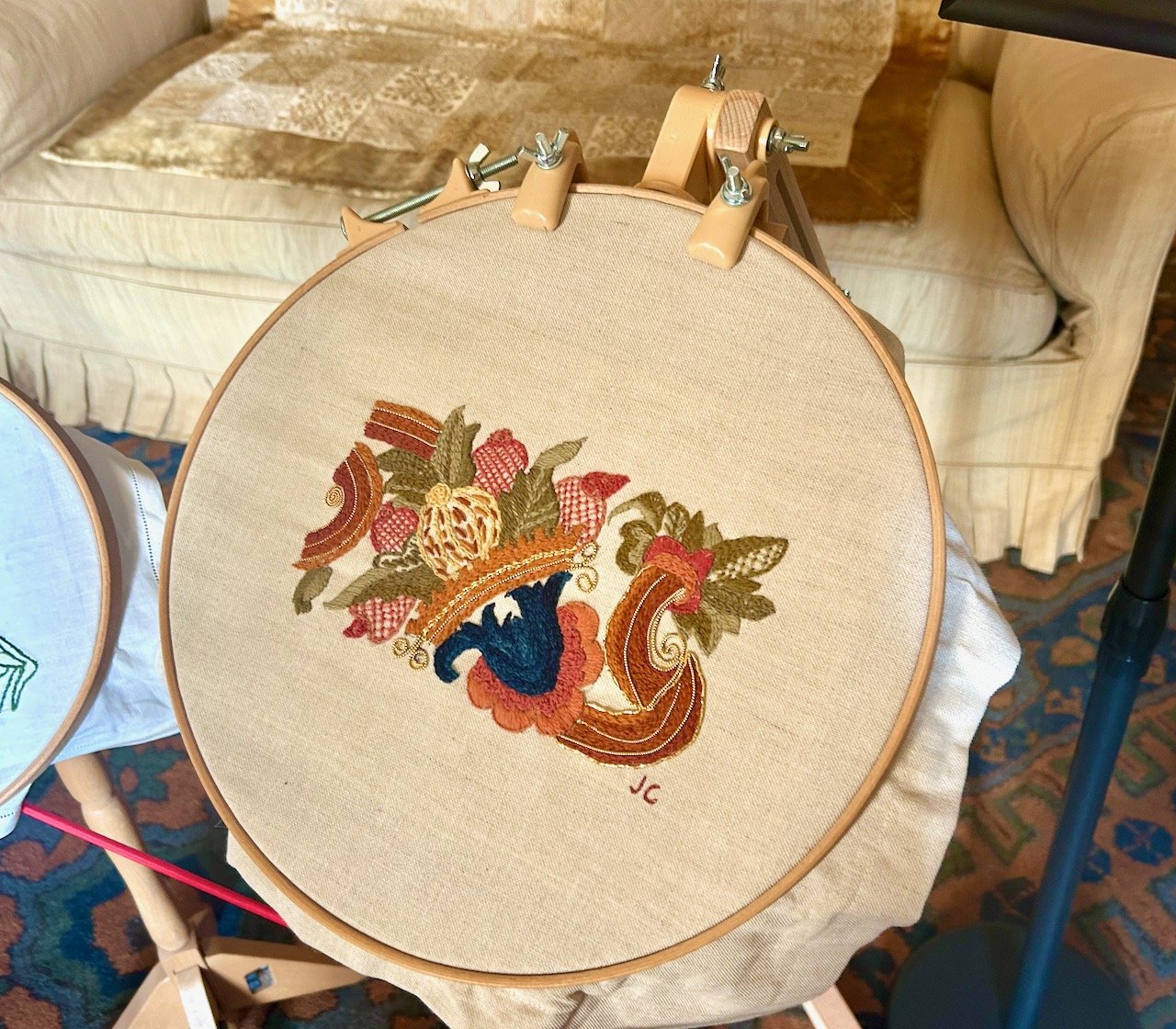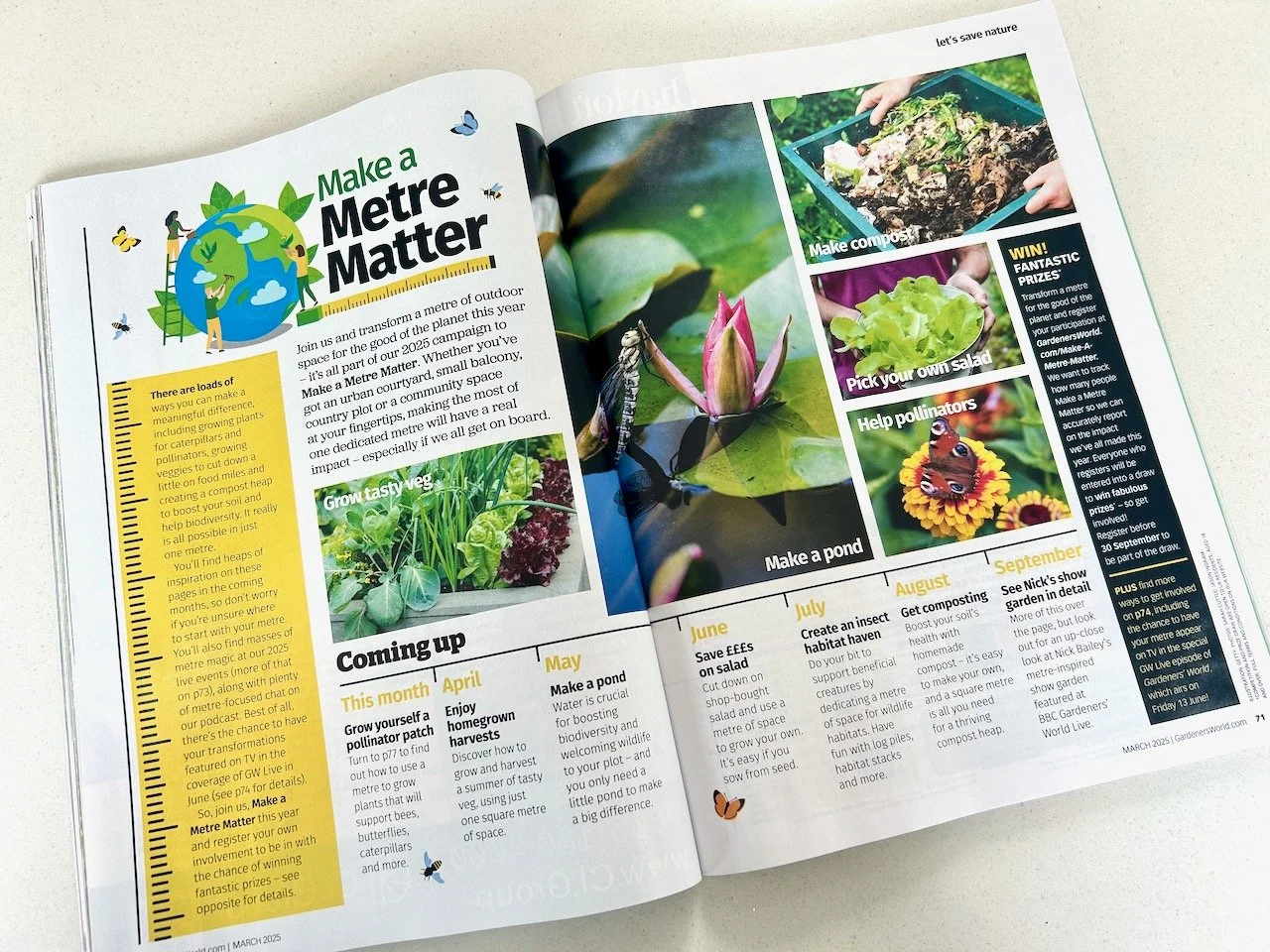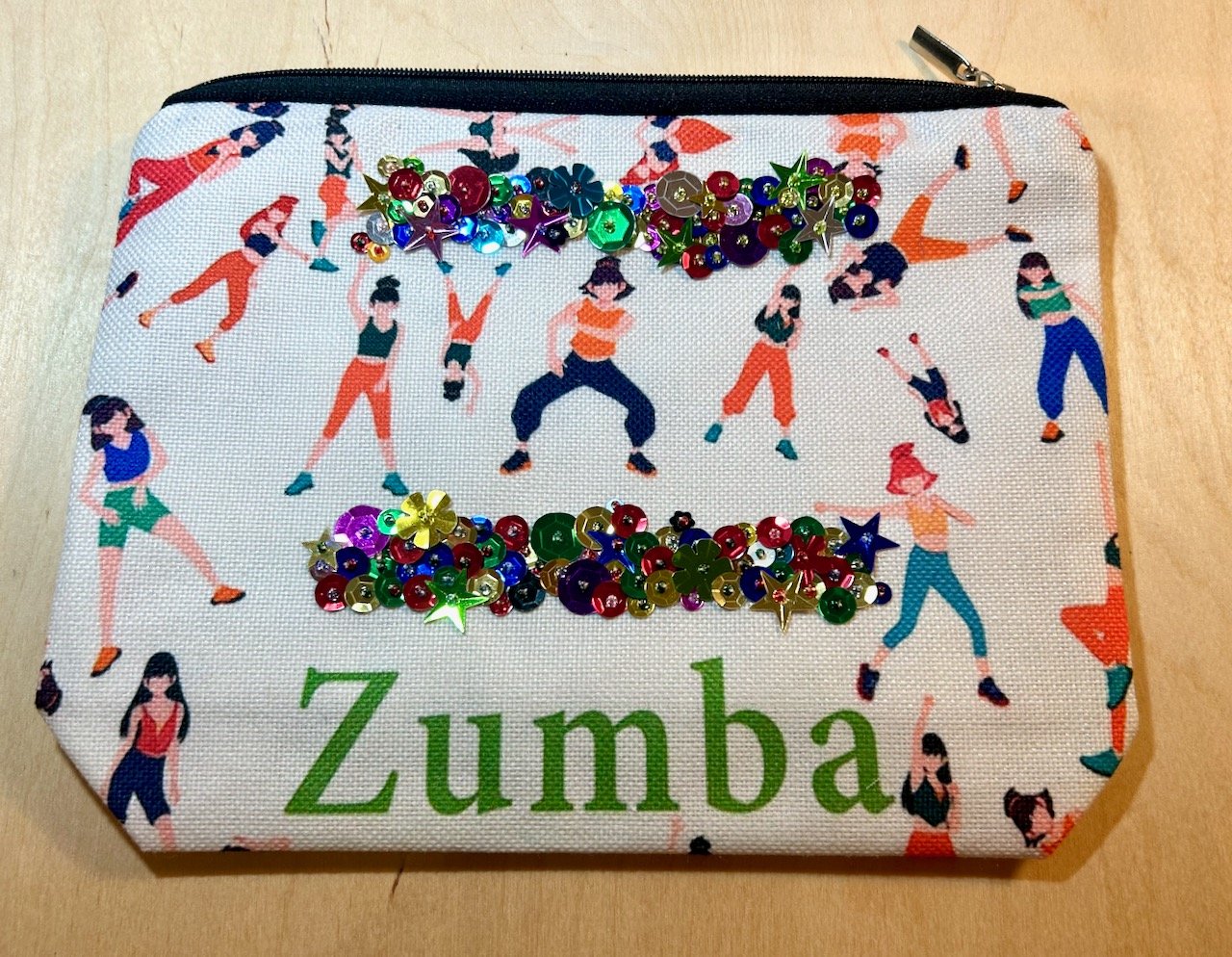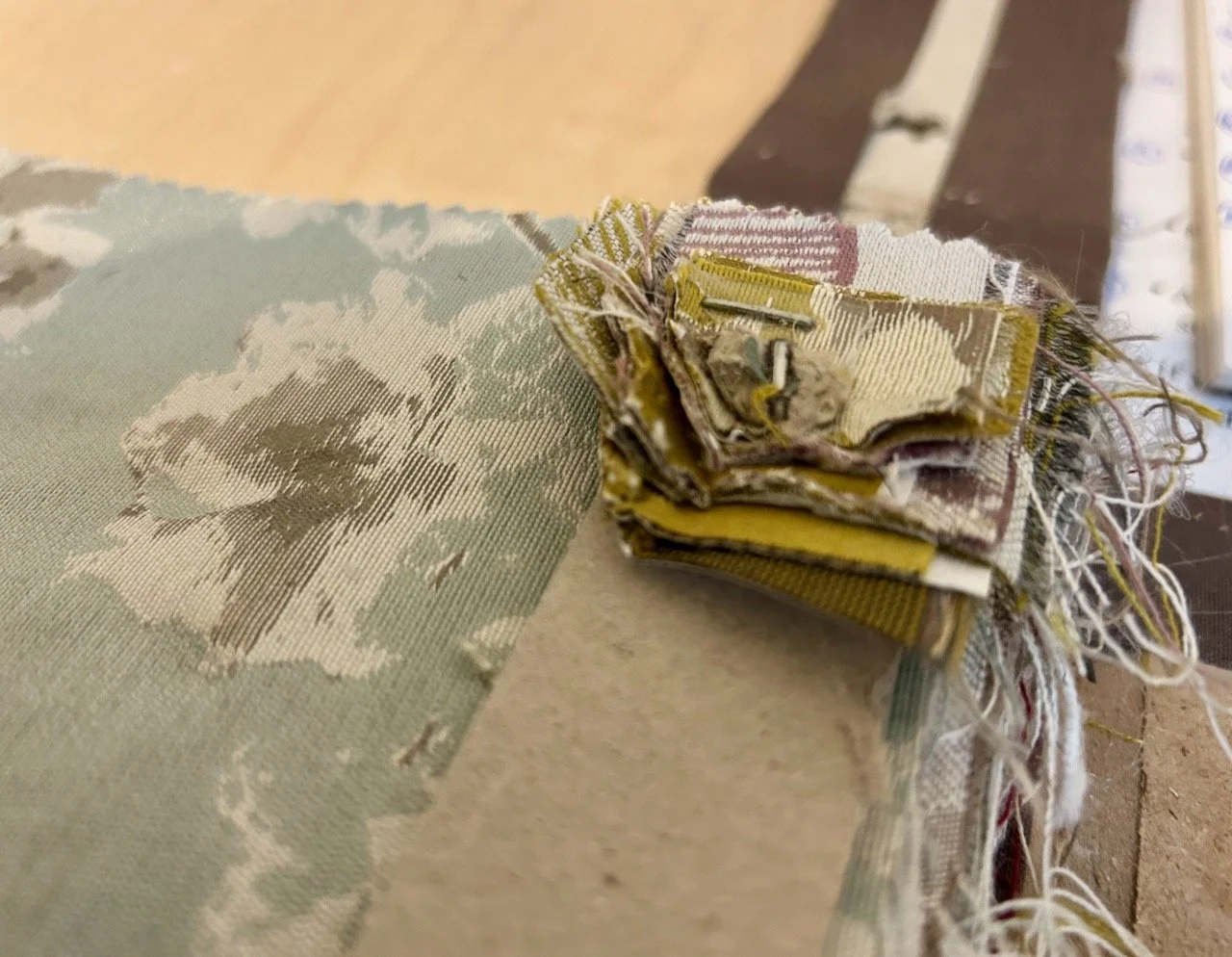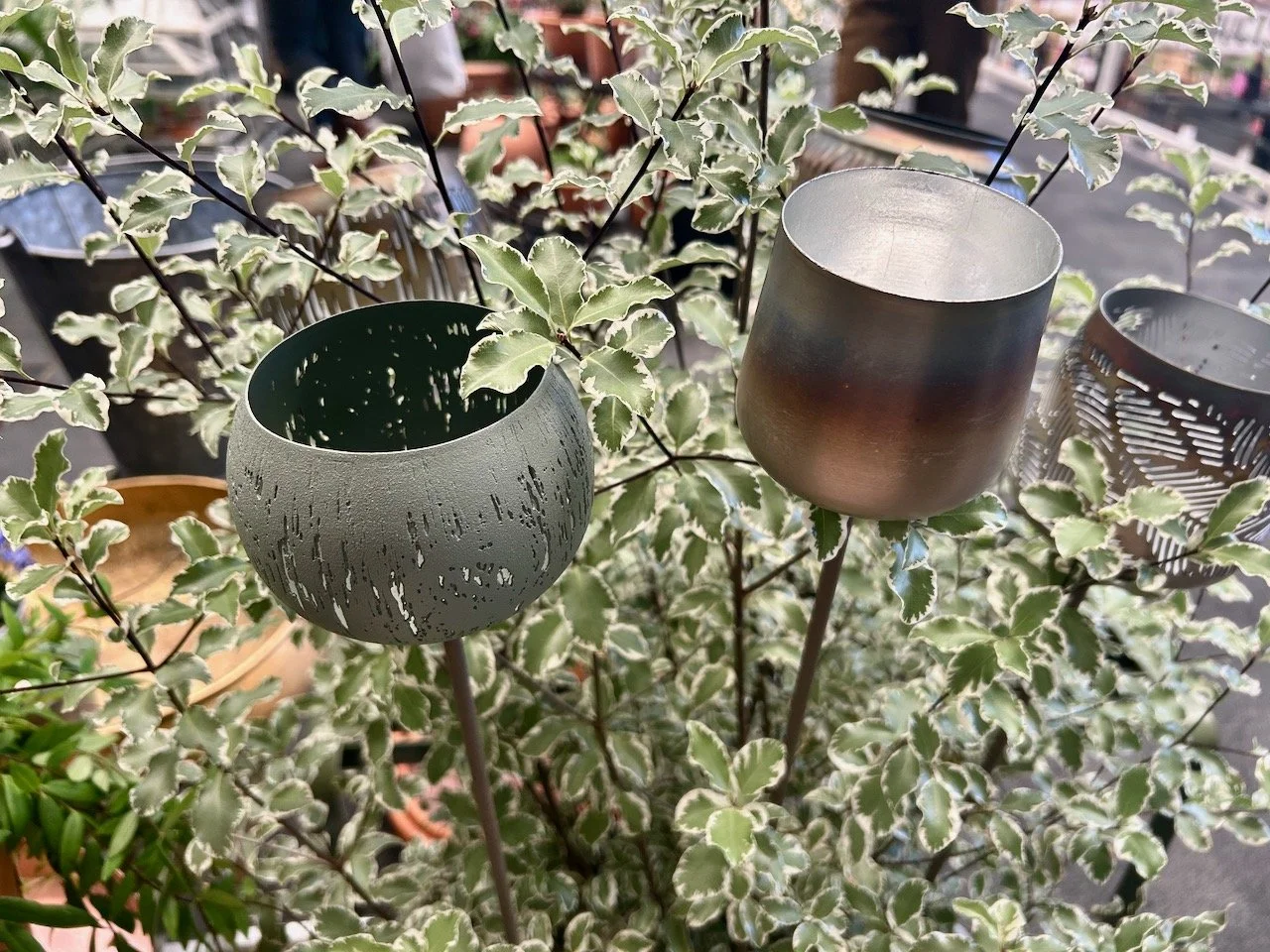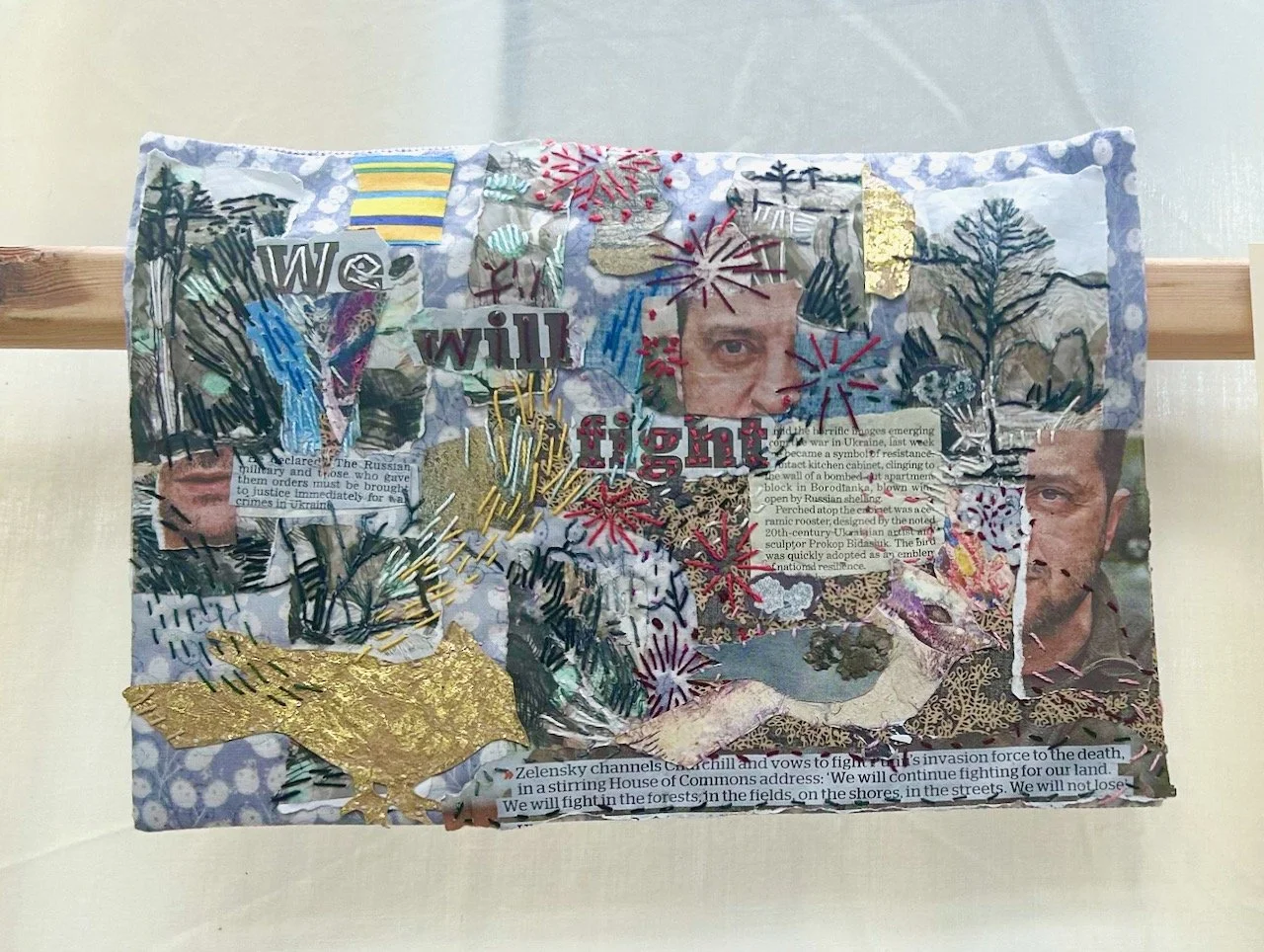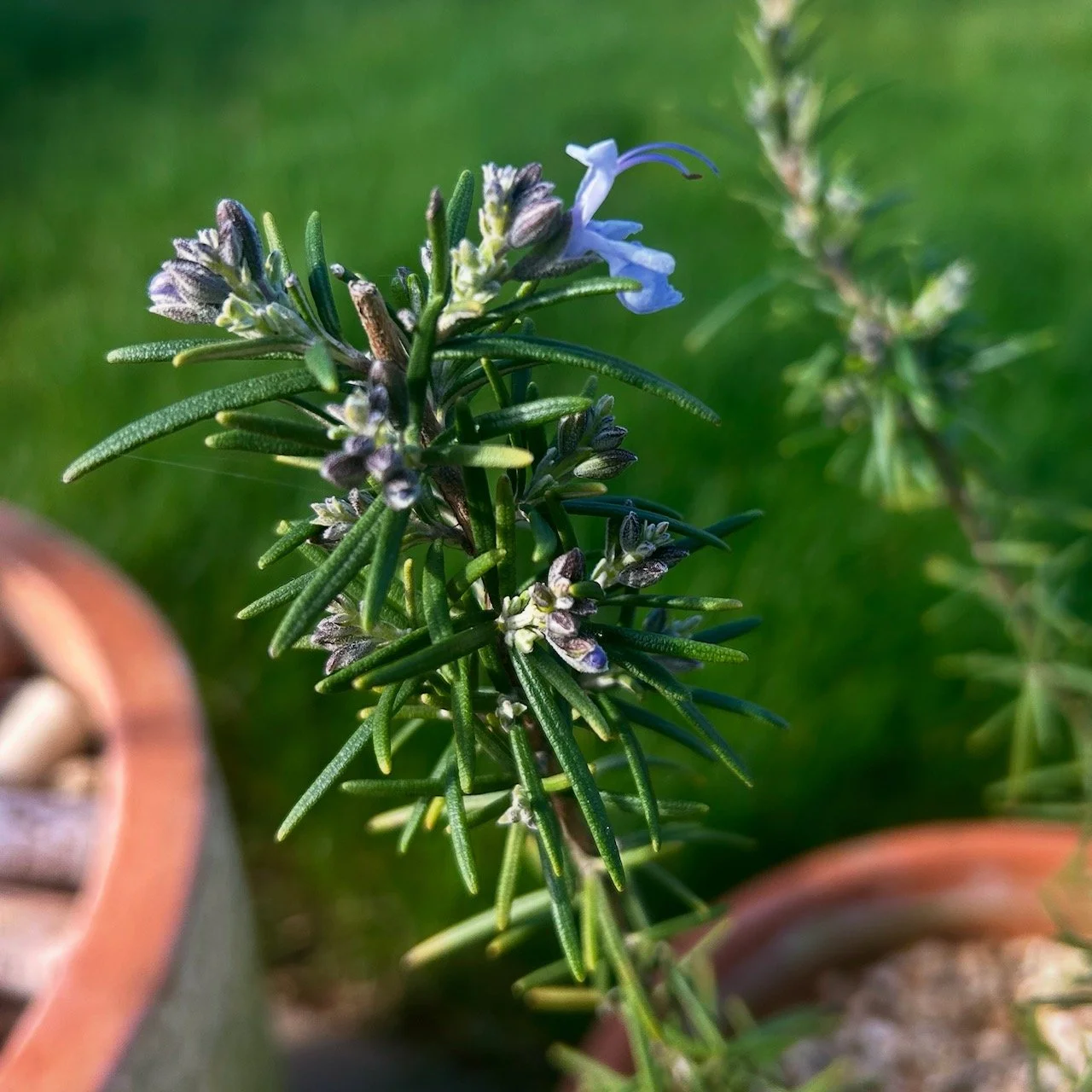In our house pie is a bit of a thing. Every time I ask MOH what we should have for tea, pie is usually the answer so when I asked this time and got the usual answer, I thought why not? I had some diced venison in the freezer from a recent butchers shop and thought it would make a great pie. All I needed was a recipe, so thinking that Valentine Warner would be a good bet I headed for his What to Eat Now book, and I wasn't disappointed.
I like any cook that calls themselves greedy, I think it's a good sign of loving the food they make and their passion shines through, it certainly does for him and I loved his first couple of series on the BBC.
I had most of the ingredients, or ones that could be easily substituted and in the introduction of the recipe Val says that when he's holed up in the country he likes to use simple ingredients as "in the most remote village shops asking for cumin or olive oil can get you the same look as wearing a leotard in the high street." I've not tried either but I suspect we've all been to places where we know this to be true!
This is a slow recipe - the meat is cooked slowly before it goes anywhere near pastry and is totally worth it, although if you were short of time you could have this as a casserole or even just add a puff pastry square. I had time so I went with the pie.
I started by frying the onions in some beef dripping (from the beef stock I made last week, see 52 Cookbooks 49: Beef stock) until they were soft and brown. Then with it off the heat I added some flour and English mustard powder and stirred this together before adding the sliced carrots and diced venison. Val explains that any attempt at pre-browning venison makes it clench like a fist. The I added half a bottle of Guinness (substituted for dark ale), half a tablespoon of soft brown sugar and a tablespoon and a half of malt vinegar. In went a "heavy grating" of nutmeg, thyme, pepper but no salt along with something I've not added to a savoury pie before, a ginger biscuit. The recipe said to grate the biscuit, but I suspect you could guess my reaction to that! So crumbled and crushed made do.
Then after adding a cartouche - a circle of grease proof paper - it went into the oven on low for an hour and a half.
When it was cooked I added salt as the recipe said, although probably not as much as it said and transferred the contents to pie dishes as I was making individual pies. Val says to use a deep dish as using a shallow wide one will cause the pastry to sag in the middle and it may cause it to be soggy.
The puff pastry is rolled out - I opted for packet rather than making rough puff pastry, one day perhaps I should try it, but not today! With pastry rolled out and placed on top of the pies, it was time for crimping. I went old-school and used a fork and then egg-washed the pies. In the recipe Val says now's the time to "fashion any pastry motif suitable to the occasion" and add it on top.
Now you might be wondering why I opted for numbers, well partly because they were easy to do but mostly because using a letter wouldn't have helped - here it'd've been S for Stephanie and Steve and... yes S for spare... so not much use!
They went back into a hotter oven for just over thirty minutes and looked like this when they came out. I've no idea what happened to the two, but somehow it seems to have flipped over into an S.
The verdict
- There is absolutely nothing wrong with pie at all, and this one is a very good pie!
- I'd definitely make this again and keep some in the freezer for those days when only pie will do. It'd also make a good meal to share with friends.
- Our number 3 pie is waiting in the freezer ready to be eaten. It's a case though of who'll crack first and eat it when the other is out for the evening. Luckily for me, MOHs darts season starts again in January...
- Oh and that ginger biscuit, well it dissolved and to be honest I wouldn't have known that biscuits had been added!


